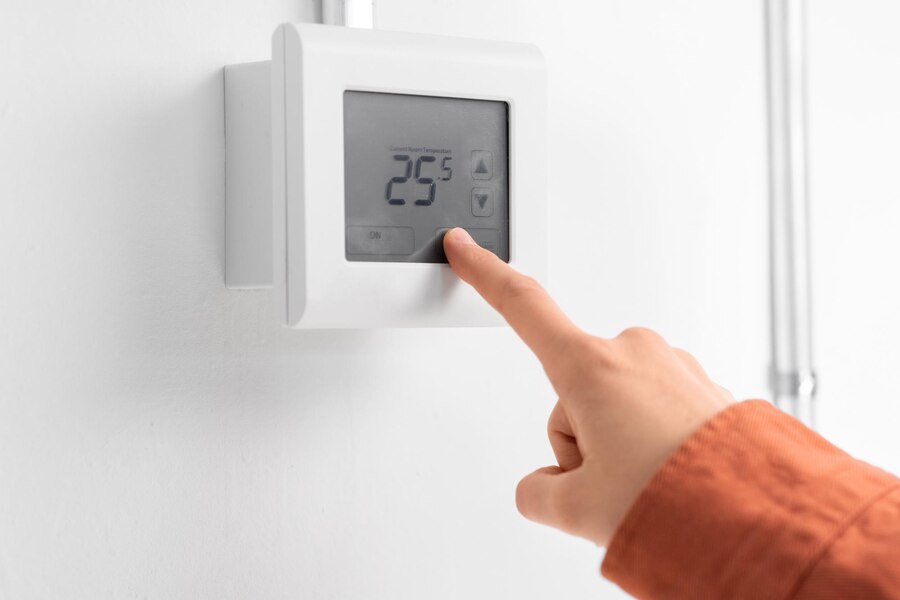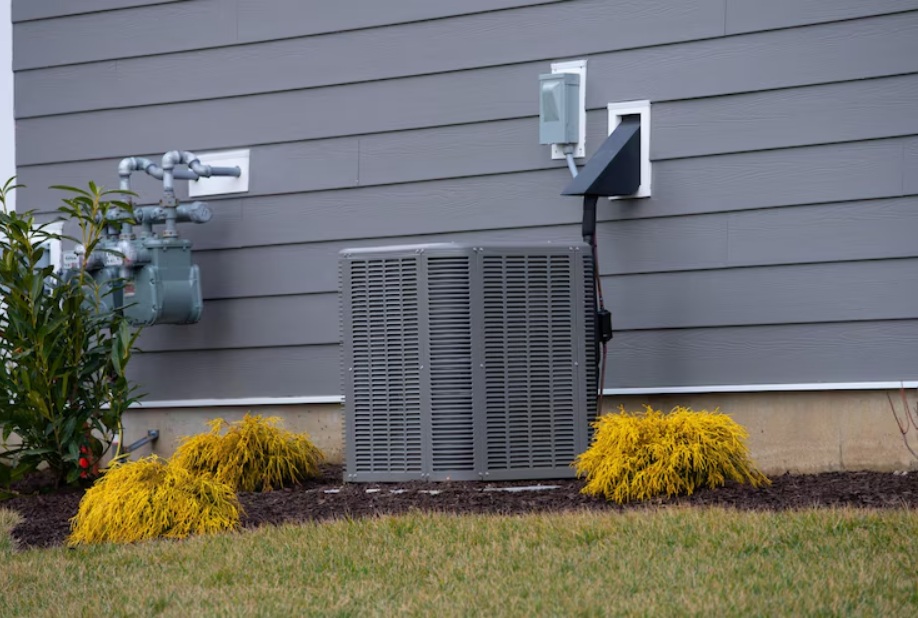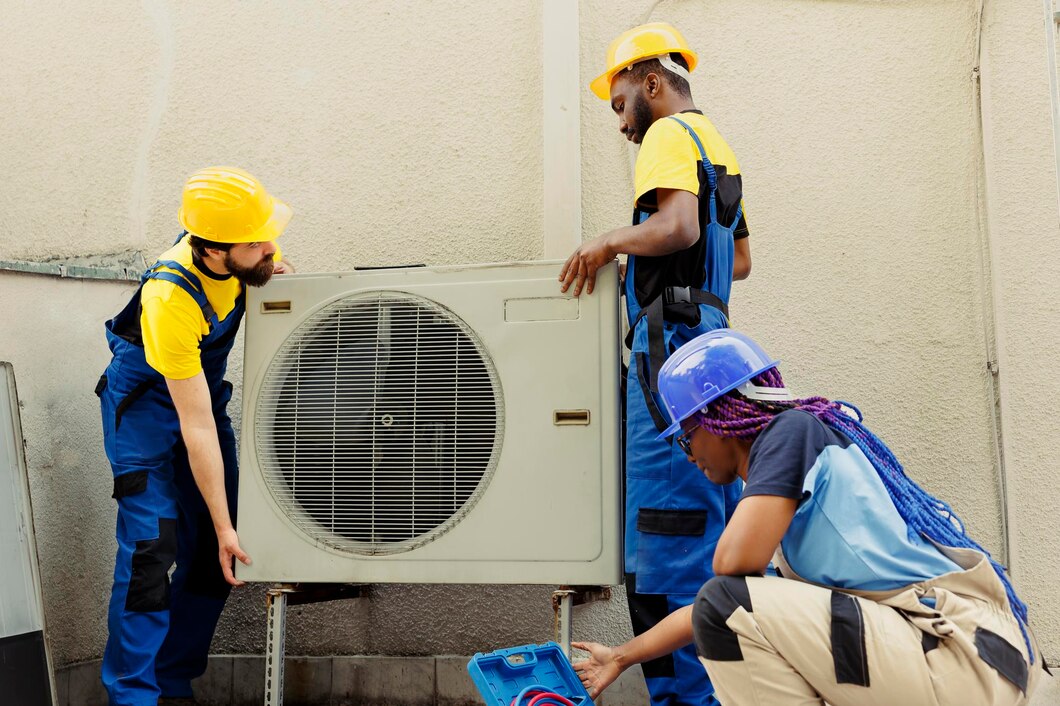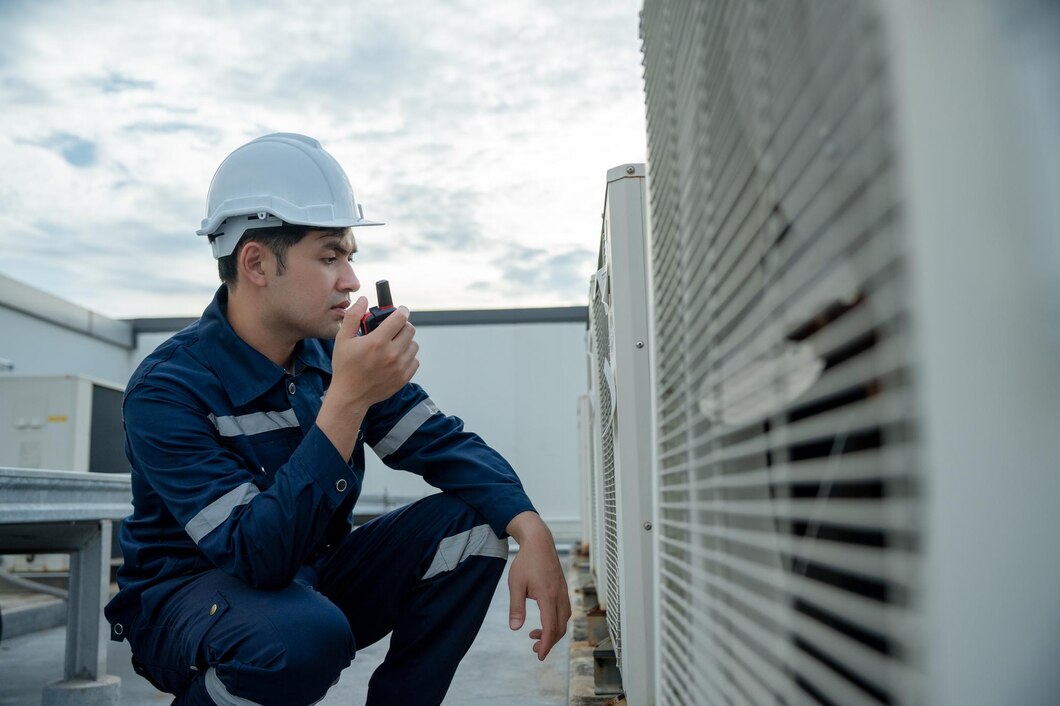During the peak of a Birmingham summer, the last thing any homeowner wants is for their AC system to stop reacting to thermostat changes. Whether you’re trying to cool down your home after a long, hot day or keeping the house comfortable for guests, a non-responsive AC can cause a lot of frustration. It often leaves people guessing what went wrong and wondering if the issue lies with the thermostat, the wiring, or the AC unit itself.
This kind of problem is more common than you might think and can stem from several issues that are often easy to overlook. Sometimes, a simple fix like replacing batteries brings everything back to life. Other times, something deeper is at play. Understanding the typical causes and knowing what to check can make a big difference when the heat is on and the air conditioning is not responding as expected.
Common Causes Of AC Not Responding To Thermostat Commands
There are a number of reasons your AC system might not respond properly when you adjust the thermostat. Many of these problems begin with the thermostat itself, but others can involve deeper electrical or mechanical faults.
One common issue is a dead or weak battery inside the thermostat. If the display is not lighting up or is barely visible, replacing the batteries may restore communication with your AC system. Another problem involves thermostat settings. It is possible for the thermostat to be switched to the wrong mode or have a misconfigured temperature range. This can stop the AC from kicking on even when it is hot inside.
Wiring problems can also stand in the way. Thermostats rely on wiring that connects them directly to your HVAC system. Any loose or damaged wires might cause miscommunication or no communication at all between the devices. In some older homes or after a DIY installation, you may run into confusing wiring issues that are not easy to spot visually and may require proper tools to diagnose.
Lastly, the issue might lie in the AC unit itself. Problems like a tripped circuit breaker, power interruption, or a failed capacitor can make it seem like your thermostat is not working when the AC simply is not receiving power. Sometimes, sensors within the unit go bad, or debris builds up around outdoor components, keeping the system from functioning properly.
These types of situations often cause confusion. A homeowner might repeatedly adjust the thermostat, thinking it is not working, when the real issue is a disconnected component or a mechanical fault in the AC unit. For example, someone might lower the temperature setting without realizing a tripped breaker has left the entire system offline.
Once you know where to look, the next logical step is identifying which parts a homeowner can check without needing special tools or technical knowledge.
Simple Troubleshooting Steps To Try First
Before calling in outside help, there are a few basic steps you can take when your AC system does not respond to thermostat commands. These checks are safe and simple for most homeowners and can help you get things back on track or at least narrow down the issue.
1. Check the thermostat batteries: Replace the batteries in the thermostat if the screen is blank or dim. Even if it seems to be working, weak batteries can disrupt signals to your AC.
2. Make sure the thermostat mode is correct: Double-check that the thermostat is set to cool and not off or heat. It sounds obvious, but it is easy to overlook.
3. Inspect the circuit breakers: Head to your electrical panel and look for any tripped breakers. If the AC unit’s breaker is off, reset it and wait a few minutes. If it trips again, stop and call a specialist.
4. Look at the temperature setting: Set your thermostat at least 3 to 5 degrees below the current room temperature and wait to see if the AC turns on. If nothing happens, there may be a deeper issue.
5. Visually check the wires and unit: Make sure the thermostat is mounted securely on the wall and is not loose. If comfortable, take off the cover and check for loose wires. Around the outdoor unit, make sure nothing is blocking airflow.
6. Evaluate thermostat placement: If your thermostat is in direct sunlight or next to appliances giving off heat, it may give inaccurate temperature readings and fail to trigger the AC.
Trying these steps can save time and give you helpful information when calling for service. But if none of these checks solve the issue, it is best not to keep guessing. Problems with wiring, sensors, or damaged system parts should be handled carefully to avoid bigger repairs down the road.
Why Professional AC Service Is Necessary When Troubleshooting Fails
There is a limit to what simple checks can solve. If your air conditioning system in Birmingham still is not responding to thermostat commands after going through basic troubleshooting, calling in experienced technicians becomes the next step. Not all problems are visible or easy to confirm from the thermostat screen or the breaker box. Sometimes, what seems like a quick fix from the outside can be a symptom of something more serious within the AC system, such as a damaged control board or a failing compressor.
Wiring issues are a common example. These may not always result in a complete failure. In certain cases, your thermostat might still appear functional, but subtle wiring faults can prevent the signal from ever reaching the AC unit. If left unchecked, disturbances in the control signal can cause broader system inefficiencies or even short out components. Diagnosing this kind of problem requires tools and training that most homeowners do not have access to.
Another issue that falls outside the scope of standard troubleshooting is refrigerant loss. A drop in refrigerant does not typically trigger any obvious warning at the thermostat, but it will affect your unit’s performance and responsiveness. You may notice the AC struggling to reach the right temperature despite the thermostat showing the correct setting. This is where professional testing and repair make a difference. Not just solving the problem, but stopping it from getting worse with continued use.
Regular AC maintenance in Birmingham by trained professionals can also help catch potential failures before they start showing symptoms. During a service call, our technicians inspect not just the thermostat and unit wiring but also check airflow, test electrical components, and verify thermostat calibration. Making these checks routine instead of reactive can save both time and money over time.
Keeping Thermostat and AC Problems Away with Prevention
Preventing thermostat communication problems starts with two key habits: regular inspections and timely maintenance. Checking on your system occasionally instead of waiting for a full breakdown helps minimize unexpected failures, especially in the middle of summer when the AC is running nonstop. Even something as small as using high-quality thermostat batteries and replacing them once a year can make a difference in whether your system responds as it should.
Using a programmable thermostat helps give you more consistent control and makes it easier to spot when something is not acting right. Smart thermostats can send alerts that point you toward the cause of the issue sooner. They can also log your system’s activity, which helps technicians zero in on the problem quicker when something goes wrong.
Planning for maintenance a few weeks before peak usage, usually in late spring or the very start of summer, means your system will be in its best shape when you need it most. Spring inspections can catch issues caused by winter conditions or aging components that have not been addressed yet. Whether you rely on your AC for daily use or mostly when the heat spikes, it is still exposed to wear and tear every season.
If you have had thermostat issues before, talk to your service provider about checking both the thermostat wiring and your AC’s control board during your next maintenance appointment. Ongoing communication errors between these parts can put stress on the entire system over time.
Ensuring Dependable AC Performance in Birmingham’s Summer Heat
When your AC system does not respond to thermostat commands, comfort disappears quickly, especially during the hottest months in Birmingham. It is not unusual for problems to start small and quietly grow into larger ones when ignored. That is why catching the signs early and responding with the right level of help can prevent bigger interruptions to your home’s cooling.
Understanding what causes communication issues between your thermostat and AC system gives you the upper hand. Start with the basics, avoid repeated guesswork, and bring in help when needed. There is no need to suffer through days of a lackluster cooling system when efficient solutions are just one step away.
Professional support for AC maintenance in Birmingham ensures everything from your thermostat settings to your compressor wiring gets checked the right way. With the right service, your system is more reliable, your home stays cooler, and you spend less time dealing with avoidable breakdowns.
Keep your home cool and your air conditioning running effectively this summer with professional AC maintenance in Birmingham from the experts at Standard Heating, Cooling & Plumbing. For a quick estimate or to book a service visit, please contact us today.











